This week I am in Estonia discussing a topic that has been of interest to me since I was in high school – the concept of Ethos, Pathos, Logos and how rhetoric can be used in a powerful manner to drive performance in marketing.
I have spoken at a number of events on this topic so thought why not pull together a blog which discusses it in more detail.
Introduction
When I first started working in SEO, I quickly realised that it wasn’t just about rankings or backlinks, it was about people, it was about trust, logic, and emotion. In other words, it was all connected.
We often hear about E-E-A-T in SEO—Experience, Expertise, Authoritativeness, and Trustworthiness. But there’s an even older framework that can help us bring this concept to life: Ethos, Pathos, and Logos.
These three pillars of classical rhetoric are essential to crafting compelling SEO campaigns that drive both traffic and ROI:
- Ethos (Credibility)
- Pathos (Emotion)
- Logos (Logic)
Let’s explore how this trio transforms and builds on E-E-A-T, taking it from a theoretical concept into an actionable SEO and conversion strategy.
Why Trust and Emotion Matter More Than Ever
Today’s consumers don’t just want to buy, they want to believe and as such, before making a decision they research, reflect, and seek validation.
- 81% of people research online before purchasing.
- On average, people spend 79 days researching high-value products or services.
- 87% of consumers will reverse a buying decision if they read something negative about a brand online.
Your online reputation doesn’t just influence perception, it controls conversion.
In fact, positive internet reputation is the #1 factor influencing consumer trust (according to Trustpilot). In a landscape like this, your SEO and brand perception are deeply intertwined.
Consumers today have more choice and more power than ever before which means it’s no longer enough to simply appear on page one of Google. Your brand needs to stand for something. It needs to resonate emotionally and intellectually with your audience. That resonance is the difference between visibility and conversion.
Trust and emotion work hand in hand and when users feel connected to your brand and see it as credible, they’re far more likely to convert. Whether you’re selling luxury goods, financial services, or educational courses, the foundational element of any strong conversion strategy is belief—belief in your product, your message, and your brand promise.
This is why companies must actively monitor and shape their online perception. Every review, testimonial, media article, and social post contributes to a broader narrative that potential customers absorb and internalise. SEO isn’t just about climbing the ranks anymore; it’s about earning trust in every single search interaction.
SEO Isn’t Just About Rankings—It’s About Persuasion
Great SEO campaigns are persuasive. They build logical arguments, supported by evidence, that make users feel something, that’s where Ethos, Pathos, and Logos come in.
Incorporating these rhetorical elements isn’t just good for branding it has tangible, measurable impacts on user behaviour. When you earn trust (ethos), create emotional engagement (pathos), and offer compelling logic (logos), your SEO content becomes significantly more effective at driving action.
Most SEO professionals understand how to optimise for technical performance and keyword targeting but too often, content creation becomes robotic and formulaic. The most successful SEO campaigns break this mould by connecting with the user on a deeper level and tapping into the same persuasive techniques used by public speakers, journalists, and marketers for centuries.
For example, think of a service page for a mental health clinic. It’s not enough to talk about services and appointment options, the page should express empathy, demonstrate expertise, and clearly explain how their approach logically supports better outcomes. These are real-world examples of Ethos, Pathos, and Logos in action.
Similarly, a product page for a high-end bike brand can use emotional storytelling (Pathos) to connect with avid cyclists, establish brand credibility with expert endorsements (Ethos), and logically walk through the advanced engineering benefits (Logos). The result? A user who not only lands on the page but feels compelled to act.
Onsite SEO: Build Trust and Guide Emotion
When users land on your site, they have an intention—a question or a goal. To match that intent and persuade them to act, your content needs all three rhetorical tools.
Logos: Align With User Intent
Logical, clear content that satisfies the search query builds credibility and drives conversions. Consider:
- Content type (e.g., product page vs. guide)
- Content format (e.g., video vs. article)
- Content angle (e.g., comparison vs. tutorial)
The key to logos is clarity, your messaging should follow a logical progression that answers user questions and addresses objections. This might include detailed feature breakdowns, transparent pricing models, how-to guides, or comparison tables that help users make informed decisions – use the existing SERPs as a guide for the type of content that Google is looking for.
Search engines prioritise content that aligns with intent but they reward content that delivers real value even more. That means diving deep into topics, citing credible sources, and optimising the structure of your page for readability and relevance.
You can strengthen your logos-driven SEO by using structured data to highlight important elements, adding anchor links for easier navigation, and including downloadable assets for users seeking additional information.
Pathos: Appeal to Emotion
Content that explains benefits and not just features helps users feel why your offering matters. Start with a story. Show you understand their pain points.
Simple example:
Don’t say “Our mattress has a cooling layer.”
Say “Say goodbye to sweaty, sleepless nights.”
Emotionally resonant content improves dwell time, social sharing, and brand loyalty. Think testimonials, storytelling, customer success stories, or user-generated content, all of these build emotional affinity with your brand.
You can go further by including lifestyle photography, community involvement stories, or user-generated campaigns that highlight authentic brand experiences. The key is to speak directly to the emotional motivators behind your user’s goals whether that’s feeling safe, valued, understood, or inspired.
Ethos: Establish Credibility
Use authority-driven content that positions your brand as trustworthy:
- Expert commentary
- Author bylines
- Pillar pages
- Detailed FAQs
- Videos from real professionals
Credibility is one of the most undervalued elements of content marketing. Your website needs to look and feel like a trustworthy source including the design, the structure, and of course, the credentials of the authors.
Highlight awards, certifications, memberships, reviews, and third-party validations to bolster your brand’s trustworthiness. A well-structured About page, media mentions, and in-depth team bios can significantly increase user trust.
You can further establish ethos by adopting a consistent tone of voice that reflects professionalism, empathy, and clarity. Additionally, displaying security badges, money-back guarantees, or accreditations helps lower perceived risk in the decision-making process.
Google’s algorithms, particularly in YMYL (Your Money or Your Life) spaces like finance and healthcare, are increasingly attuned to credibility signals. This makes ethos not just a conversion tool, but a ranking factor.
Offsite SEO: Build Reputation Where It Matters
It’s not just what’s on your site, your brand’s perception across the web plays a critical role in both trust and rankings.
Steps to Take:
- Review online sentiment
- Analyse media coverage
- Identify weak points and address them proactively
Your offsite reputation can be amplified by proactive outreach and strategic PR. By generating high-authority backlinks through trusted media sources and industry-specific publications, you enhance your domain authority and trust profile.
Online reviews, local citations, and social signals also play a role in shaping the broader narrative around your brand. Consider tools like Google Alerts, Brand24, or BuzzSumo to monitor how you’re perceived and identify gaps in your brand communication strategy.
Digital PR as a Trust Engine
Digital PR, when executed correctly, does more than build links—it builds brand equity.
Real Examples:
- Road Traffic Accident Lawyer: 60+ high-DA links built around credibility and expertise.
- Vaping Retailer: Leveraged media interest to build trust in a highly scrutinised industry.
- Loans Provider: Collaborated with external experts to create human-interest-driven content.
- Catering Brand: Used quirky angles like “Tiramisu Drawers” to land high-authority links and show industry knowledge.
These campaigns succeed not just because of the link metrics, but because they tell a story. They appeal to human interest, tie into topical conversations, and offer unique data or insights that position the brand as a thought leader.
Digital PR can also involve thought leadership opportunities, op-eds, or long-form editorial partnerships. These offer a chance to showcase your expertise (Ethos), provide valuable insights (Logos), and connect to larger cultural conversations (Pathos). The result is not just a stronger backlink profile, but a magnetic brand presence that builds over time.
Integrating Ethos, Pathos, and Logos into Content Strategy
To fully implement this model, it’s important to view content as a layered experience. At every stage of the funnel (awareness, consideration, decision) users are looking for slightly different signals.
- At the awareness stage, Pathos helps users connect emotionally with your brand message.
- During consideration, Logos becomes critical as users weigh the pros and cons and look for rational justification.
- At the decision stage, Ethos reinforces confidence that your business is the right choice.
Here’s how that looks in practical content strategy:
| Funnel Stage | Ethos | Pathos | Logos |
| Awareness | Brand mentions in trusted media | Emotional storytelling | Thought-leadership blog content |
| Consideration | Expert reviews, testimonials | Pain-point-driven messaging | Comparison pages, product specs |
| Decision | Certifications, money-back guarantees | Reassuring CTAs | Transparent pricing, FAQs |
Use Case Example: A Legal Services Firm
- Ethos: Bio pages featuring credentials, media coverage, case study testimonials
- Pathos: Blog posts on “What to Expect Emotionally During a Divorce”
- Logos: Step-by-step breakdown of the legal process, downloadable guides
Combining these ensures your messaging speaks to different cognitive and emotional needs—reinforcing your position in the search results and in the customer’s mind.
Measuring the Impact: SEO + CRO = ROI
To prove that these techniques work, tie Ethos, Pathos, and Logos into measurable outcomes:
- Ethos → Increased trust signals (e.g. lower bounce rate, higher engagement)
- Pathos → Higher social shares, increased time on site
- Logos → More form submissions, higher conversion rates
Track not only rankings but also:
- Goal completions by content type
- Engagement metrics for emotionally driven pages
- Conversion lift after credibility enhancements (e.g. adding author bios or media mentions)
These allow you to make the case internally that emotionally intelligent and credibility-focused SEO content does more than attract, it converts.
Common Mistakes to Avoid
If you’re trying to integrate Ethos, Pathos, and Logos into your SEO strategy, watch out for these pitfalls:
- Over-reliance on logic: Pages that are all data and no story often fail to engage.
- Neglecting credibility: Failing to show authorship, awards, or sources damages trust.
- Ignoring the user journey: Not all visitors need the same kind of persuasion so make sure you tailor messaging to your funnel stage
- Too much focus on links: Digital PR should elevate brand positioning, not just pass PageRank.
Always ask: “Is this content informative, credible, and human?”
Final Thought: The Future of SEO is Human-Centered
Search is changing. Algorithms are becoming more sophisticated, and user expectations are rising. To succeed in 2025 and beyond, SEO professionals must think more like communicators, less like technicians.
Ethos, Pathos, and Logos aren’t “nice to haves” they’re essential tools in the SEO toolkit—helping your content rise above the noise and connect in a way that earns attention, trust, and action.
So ask yourself:
- Are we credible?
- Are we emotionally resonant?
- Are we logically compelling?
If the answer is yes to all three, you’re not just doing SEO. You’re building a brand.
![[blog]_[ common SEO myths ]_[Blog Pictures]](https://cedarwood.digital/wp-content/uploads/2025/07/COMMON-SEO-MYTHS-4-900x506.png)
![[blog]_[ Director Amanda Speaking At SEO Estonia ]_[Blog Pictures]](https://cedarwood.digital/wp-content/uploads/2025/07/Untitled-design-1-900x506.png)

![[blog]_[ SEO for Financial Services: How to Win Trust and Traffic in 2025 ]_[Blog Pictures]](https://cedarwood.digital/wp-content/uploads/2025/07/COMMON-SEO-MYTHS-900x506.png)
![[blog]_[Cedarwood Digital Wins Big at the European Search Awards 2025! 🏆]_[Blog Picture]](https://cedarwood.digital/wp-content/uploads/2025/05/blog-900x506.png)
![[blog]_[Director Amanda On The Main Stage @ Brighton SEO]_[Blog Picture]](https://cedarwood.digital/wp-content/uploads/2025/04/wpimage-id13321width562pxheightautosizeSluglargelinkDestinationnone-figure-classwp-block-image-size-large-is-resizedimg-srchttpscedarwood.digitalwp-contentuploads202507Image-1-1024x-900x506.png)
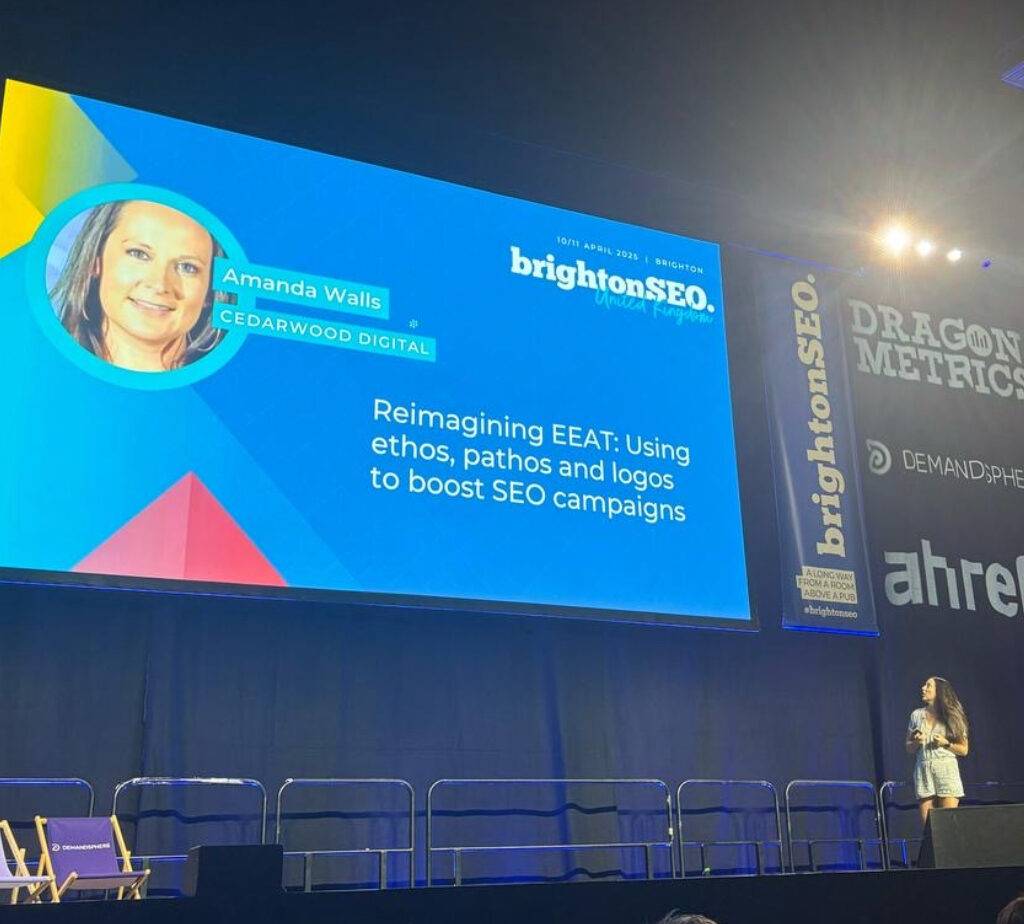
![[blog]_[Director Amanda Walls Speaks At The SEO Mastery Summit, Saigon (Vietnam)]_[Blog Picture]](https://cedarwood.digital/wp-content/uploads/2025/03/wpimage-id13321width562pxheightautosizeSluglargelinkDestinationnone-figure-classwp-block-image-size-large-is-resizedimg-srchttpscedarwood.digitalwp-contentuploads202507Image-1-1024x-1-900x506.png)
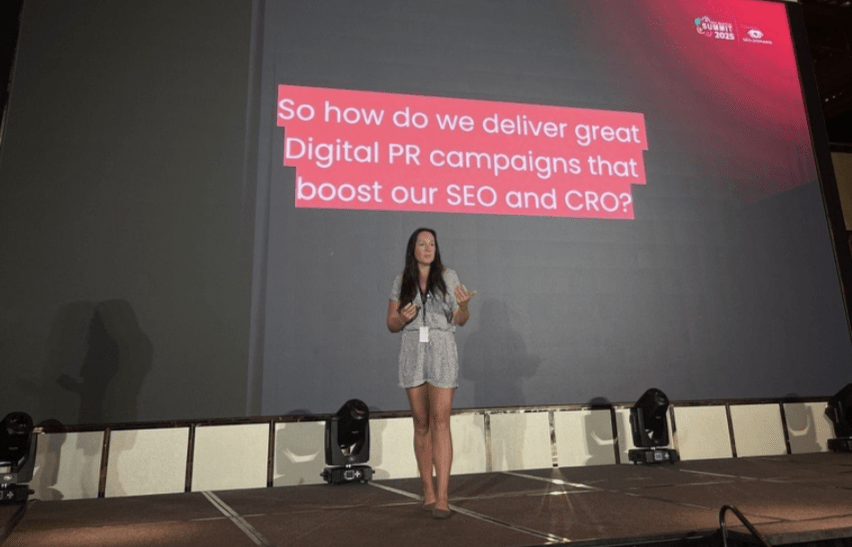
![[blog]_[Cedarwood Wins SIX UK Search Awards]_[Blog Picture]](https://cedarwood.digital/wp-content/uploads/2024/12/wpimage-id13321width562pxheightautosizeSluglargelinkDestinationnone-figure-classwp-block-image-size-large-is-resizedimg-srchttpscedarwood.digitalwp-contentuploads202507Image-1-1024x-2-900x506.png)



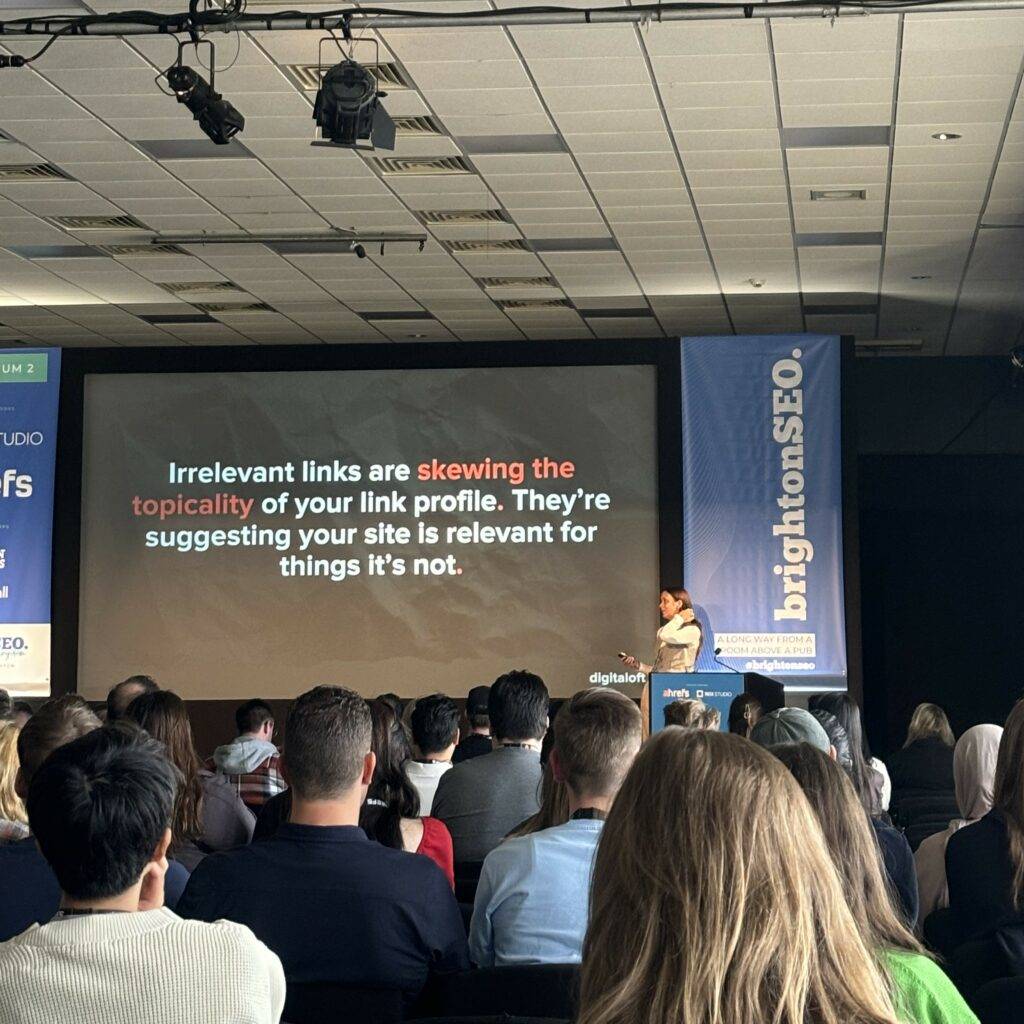
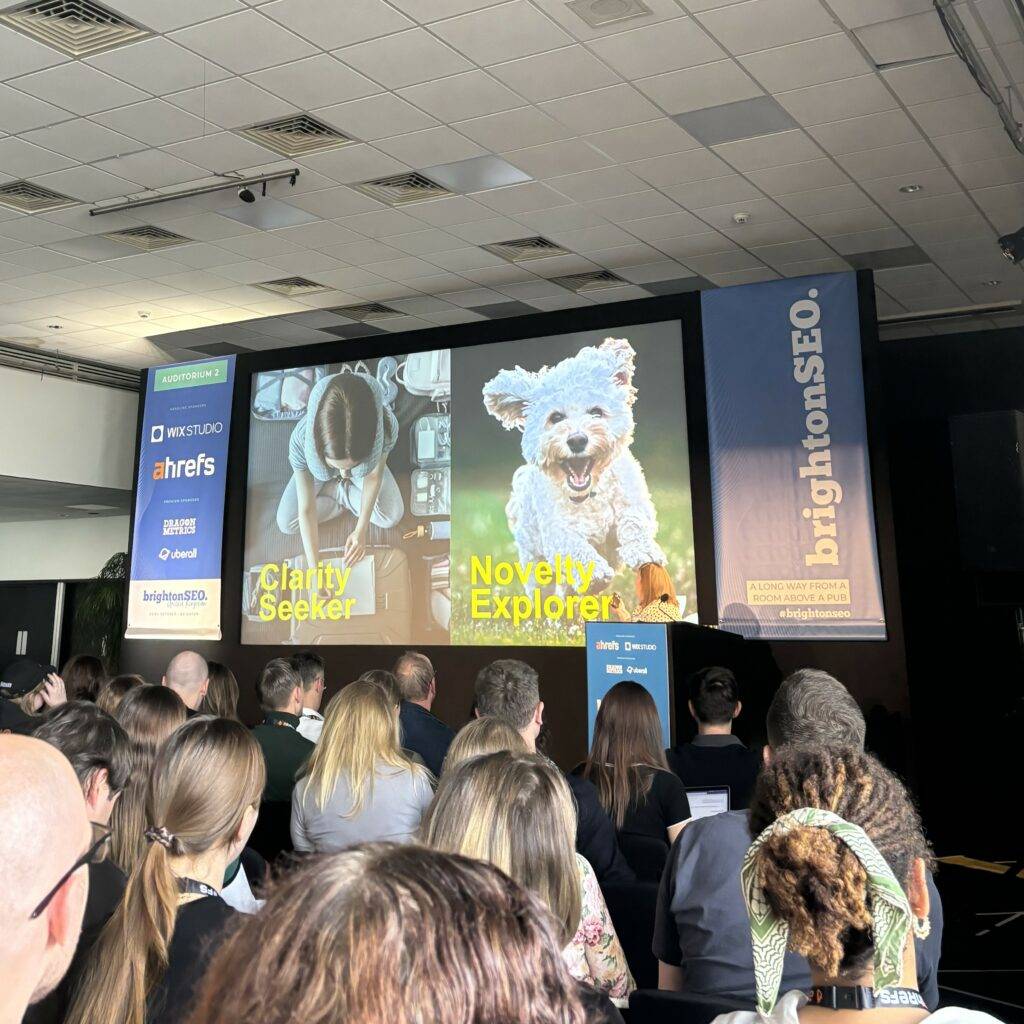
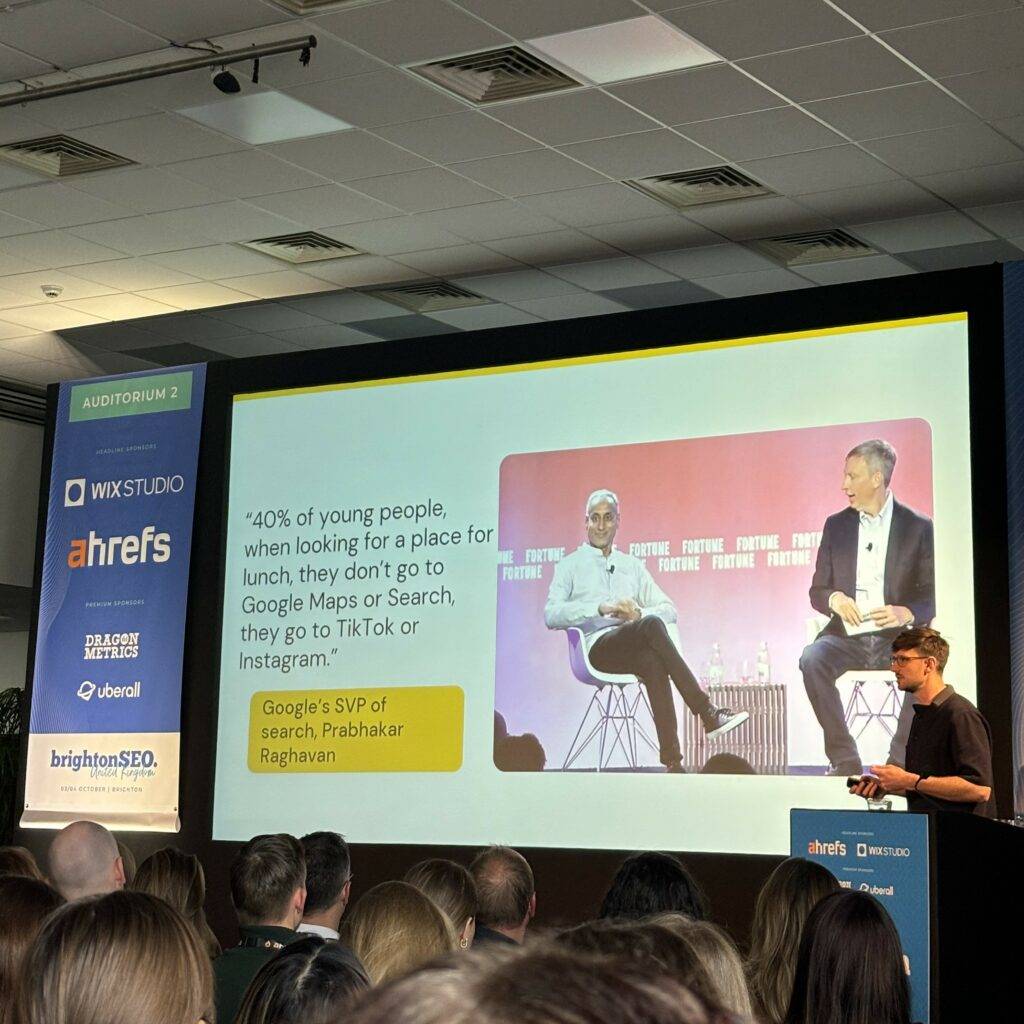

![[blog]_[5 Steps To Increase Your Organic Click-Through Rate]_[Blog Picture]](https://cedarwood.digital/wp-content/uploads/2024/09/5-Steps-To-Increase-Your-Organic-Click-Through-Rate-Blog-Image-900x506.png)
![[blog]_[5 Steps To Increase Your Organic Click-Through Rate]_[Blog Picture]](https://cedarwood.digital/wp-content/uploads/2024/09/How-To-Tackle-A-Loss-In-Organic-Traffic-SEO-Blog-900x506.png)
![[blog]_[The Value Of External Link Building In Enhanced E-E-A-T]_[Blog Picture]](https://cedarwood.digital/wp-content/uploads/2024/08/Untitled-design-58-900x506.png)
![[blog]_[4 Digital PR Trends You Need To Be Aware Of In 2024]_[Blog Picture]](https://cedarwood.digital/wp-content/uploads/2024/08/Copy-of-Blog-Image-Template-40-900x506.png)